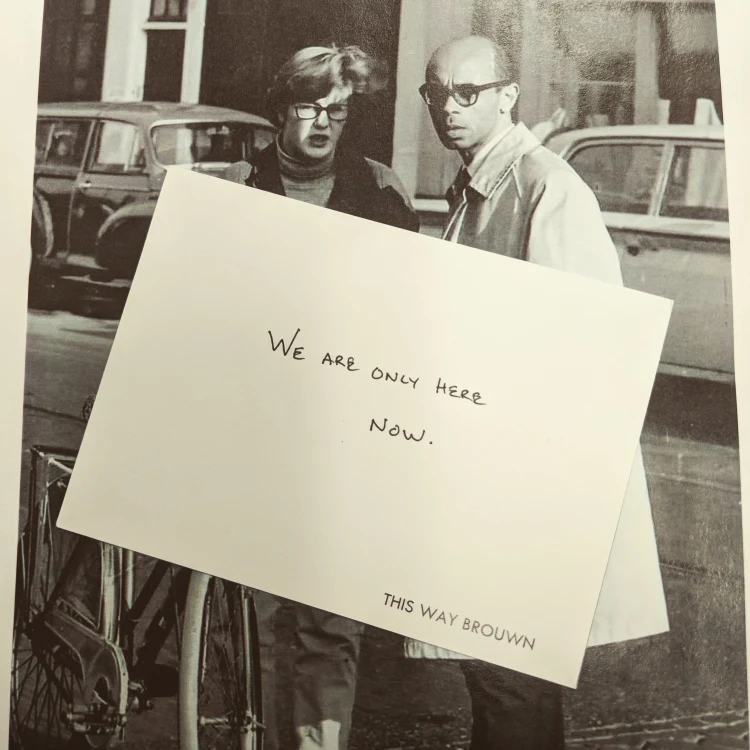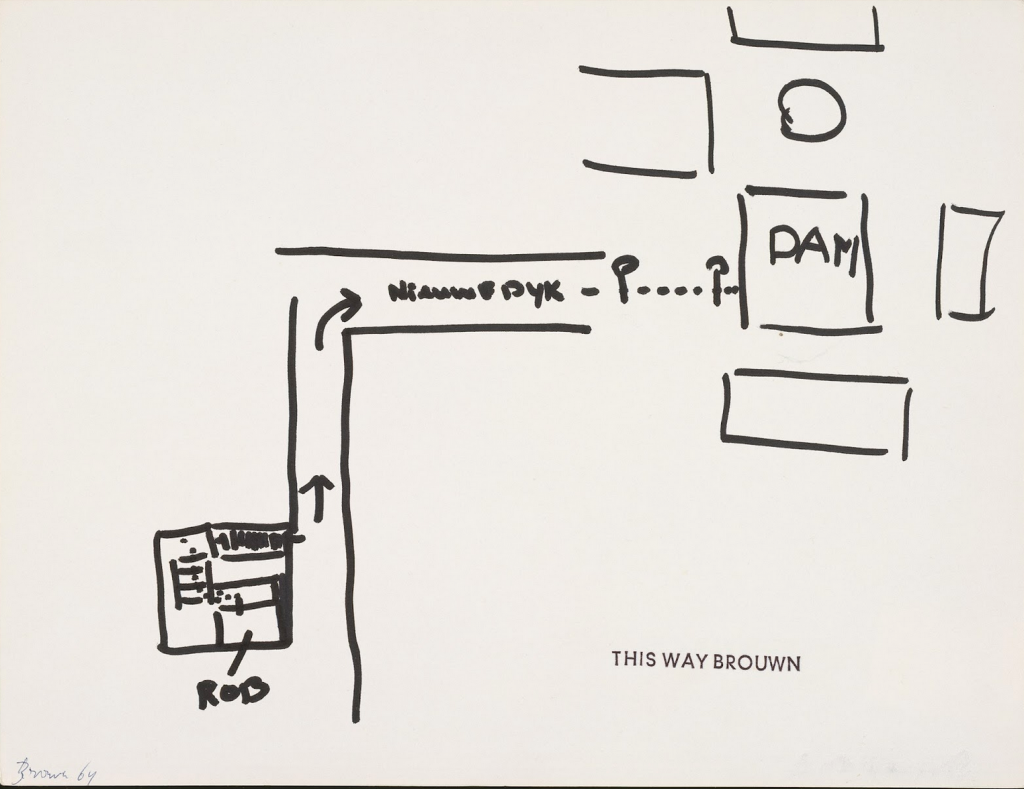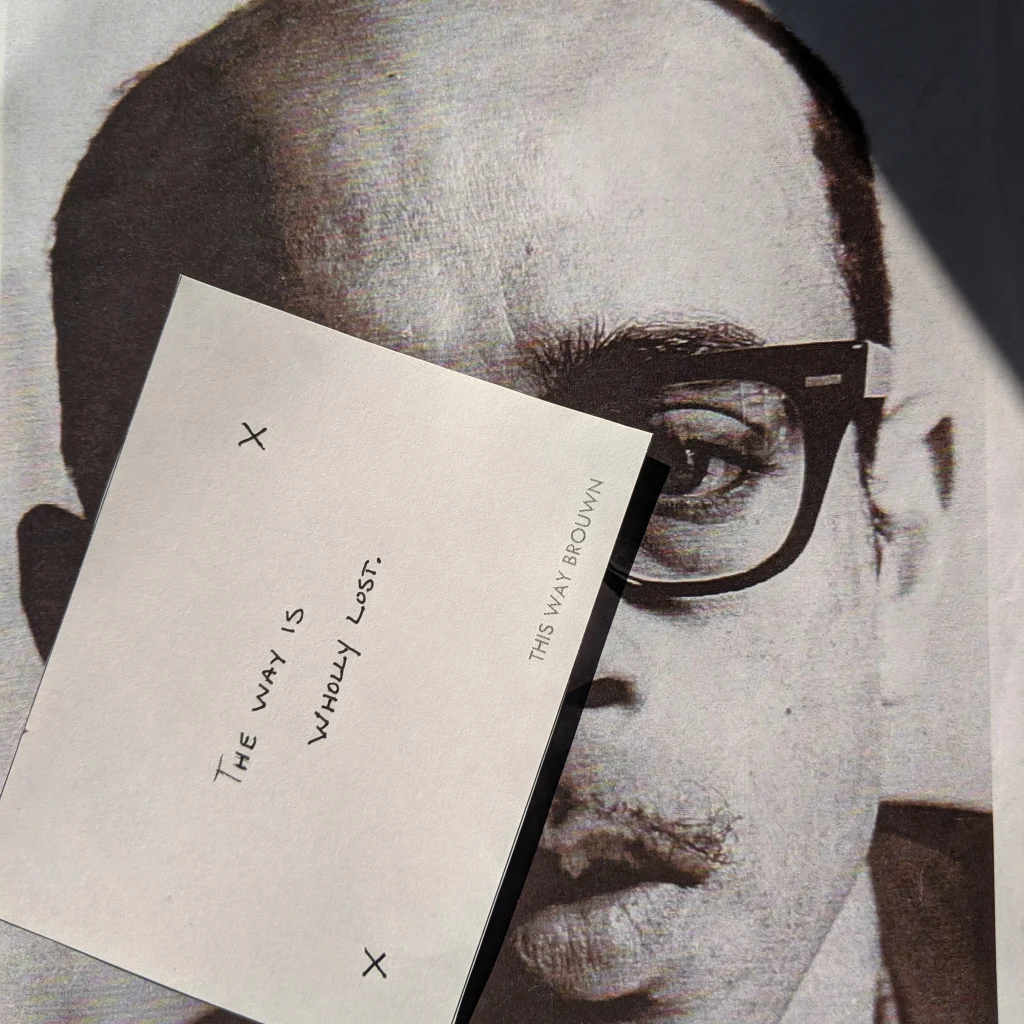created 2025-02-26, & modified, =this.modified
tags:y2025artconceptual
rel: Found Poetry Performance Art From Futurism to Present RoseLee Goldberg
Thought
Brouwn allowed others to participate in the art. Seems he remained mostly invisible, not appearing at opening and shunning media by refusing to give interview or biography. A stamp, or his name is all that is visible.
Zero movement, a group of artists who rejected the evident authorial signature
He asked for his work not to be discussed, nor publicly interpreted. It would be neither photographed or replicated.
One of brouwn’s early experiments involved scattering pieces of paper on the city’s streets for people biking and walking to leave their traces on. View of a City in 24 Hours (1963). The accompanying description says he laid sheets of paper on the street before returning later to collect the ‘trodden on’ pages. Although brouwn’s approach later changed, he remained devoted to creating works that put individual experiences of the city’s landscape at their center.
In This Way Brouwn (could be the only work he didn’t destroy?), his most popular series of artworks, he stationed himself on a street and approached passersby to ask them to write down directions to a nearby destination of his choosing. These many written directions were transformed into artworks stamped with the phrase “This Way Brouwn.” According to brouwn, this project infused the routes in question with the “most primal aspect of our being: the ability to move.” None were similar looking, besides ones that were blank.
Of the two previously cited examples from “This Way Brouwn,” one, dated 1962, is just a blank piece of paper. The only mark on it is the stamp that the artist added, along with his signature and the date. The directions were apparently given verbally. The Mallarmé-esque blankness of the page was particularly striking when encountered among the other works.
Through this trailblazing participatory technique, brouwn invited the spectator to become part of the creative process and experience the work through the perspective of the artist who orchestrated it. As a result, even if he sought to remain anonymous, Brouwn remained an omnipresent influence in all his works.
Rather than focusing on objective reality, brouwn explored how we categorize space and distance, stating, “Every step has its own identity.”
Through participation, Brouwn placed the act of creation into the hands of others and subsequently erased, in a certain sense, his own artisthood.
Brouwn explored alternative ways to represent the body, and his use of measurements and systems, as others have noted, recalls avant-garde writing strategies, such as those of the Oulipo. Yet to say that Brouwn’s work is about only this or that limits its scope: All are essential elements in his unexpected abstractions.
Brouwn:
“More and more people make long flights once or twice a year. The validity of the concept of distance is constantly being eroded. Distances are reloaded in my work, they get meaning again.”
rel:Bakhtin’s Chronotope on the Road Space, Time, and Place in Road Movies Since the 1970s
BROUWNTOYS 4000 AD.
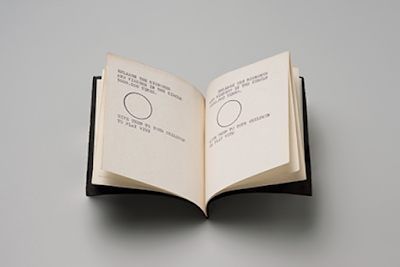
An artist book.
Two sheets of white paper folded in six, of which twenty are mimeographed in blue ink with the same two texts:
“Enlarge the microbes and viruses in the circle 5000.000 times. Give them to your children to play with”
and
“Don’t use the Brouwnstoys before the year 4000 A.D.”.
“A humorous variation on Breton’s invisible ones was proposed by Stanley Brouwn in the mid-1960s. Breton had likened our relation to the Transparent Ones to that of lower life-forms to us. Brouwn’s piece consists of an empty circle on the printed page. The caption reads ‘Brouwntoys’, and we are informed that this seemingly empty circle contains a thousand billion microbes and bacteria; when enlarged by a factor of five million, these make wonderful toys for children. However, ‘do not use Brouwntoys before the year 4000’.
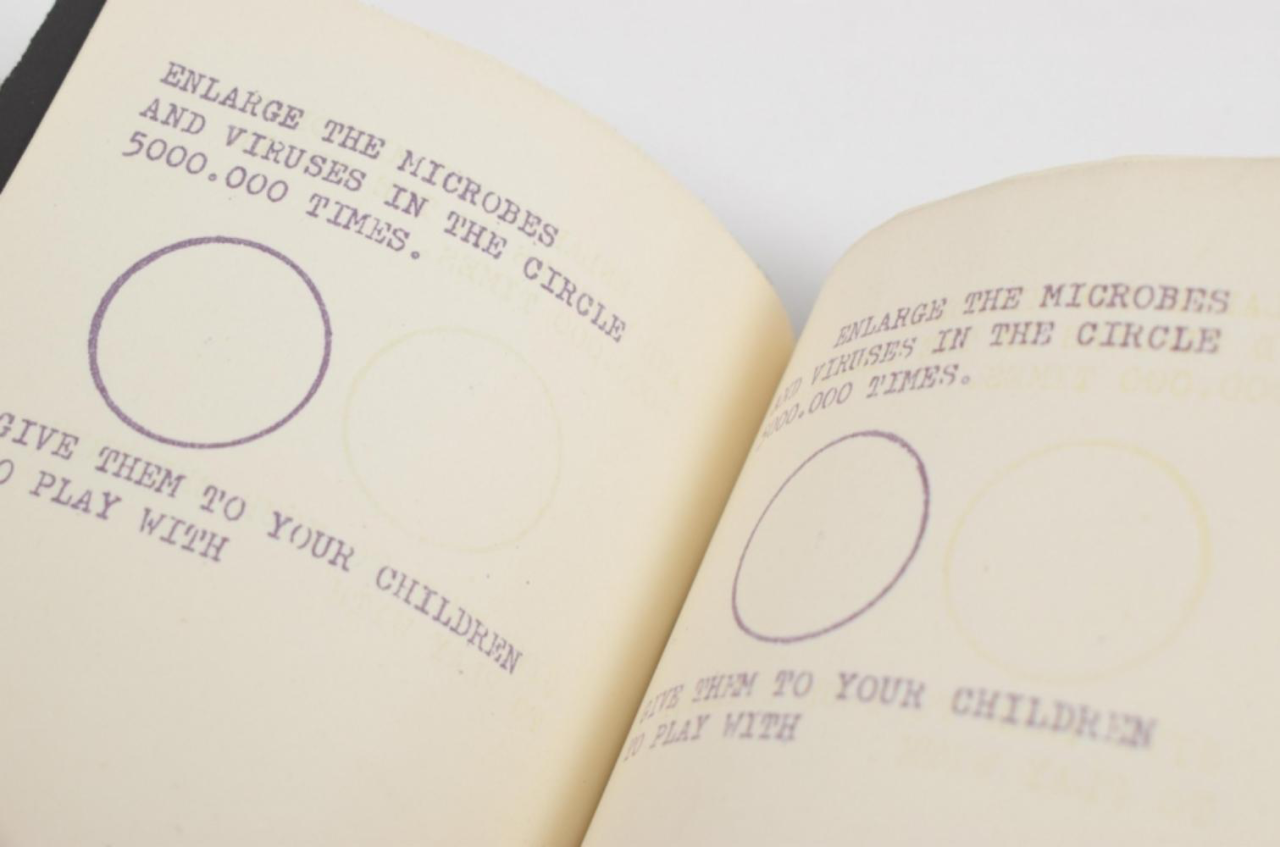
Manifesto
‘4000 A.D.
When science and art are entirely
melted together to something new
When the people will have lost their
remembrance and thus will have
no past, only future.
When they will have to discover everything
every moment again and again
When they will have lost their need for contact with others …
Then they will live in a world of only colour, light, space, time, sounds and movement
Then colour light space time
sounds and movement will be free
No music
No theatre
No art
No
There will be sound
Colour
Light
Space
Time
Movement’
Walk in the direction
walk 5m in the direction of belém
walk 5m in the direction of calcutta
walk 6m in the direction of chicago
walk 5m in the direction of khartoum
walk 3m in the direction of marrakech
walk 3m in the direction of oslo
walk 2m in the direction of shanghai
walk 2m in the direction of warsaw
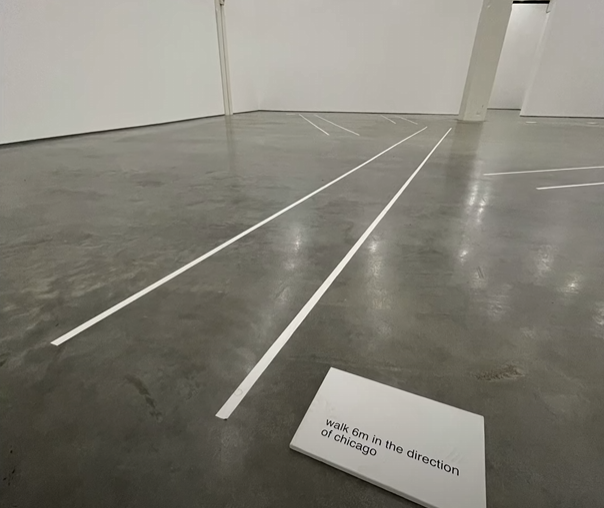
A series of white lines point in different directions.
“How often did I walk towards Shanghai while on my way to the grocery store? Do I turn my back towards Chicago when I go to get my mail?” - Tomorrow is the Problem
Together, these rooms endow the ground on which one stands with an expanded sense of space, suffusing a single point with planetary connectedness. We are reminded that one always stands in relation to an elsewhere. If in their initial context these works would have touched on psychedelic- and moon-landing-era visions of micro and macro scalability, as well as on the postcolonial waves of migration and interchange then unfolding in Europe, today they resonate with an ever more prevailing virtuality and the time-space compressions produced by global capitalism
From Standard Bearer - The Art of stanley brouwn.
Aside from these basic facts, the hosting museums provide little to no public information about these shows, their decision to do so in keeping with the late artist’s exacting and deliberately minimal approach to promotional and representational conventions.
brouwn always had his name in lowercase and avoided being represented in biographical connections to his art.
brouwn’s decisions were meaningful amid the growing contemporary art market of the ’60s, wherein the international circulation of artworks in reproduction (via magazines and catalogues) and of artists themselves (via plane tickets and live talks and interviews) were key tools for validation.
For three televised pieces from 1970 and 1971, he broadcast footage of urban pedestrian crosswalk traffic on national channels in Germany, Belgium, and the Netherlands; brouwn was behind the camera, unseen but either walking steadily at a brisk pace or standing still and taking one deliberate step while unnamed businessmen, young mods, elders, pigeons, bicyclists, cars, and trams crisscrossed one another’s paths around him.
Into this matrix, brouwn introduces his unit of the step. “One brouwn step” is equal to the length of a stride by brouwn. It is an embodied, personal unit of measurement, variable between roughly 840 and 890 mm depending on the iteration. Integrating “one step” thickens the joke on codification and bestows on one person’s gait the glimmer of a universal convention (a kind of anti-“foot” of the British imperial system, which is a concretized generalization of the length of a man’s foot).
Stanley Brouwn “This Way Brouwn”
Stanley Brouwn asked passerbys to draw directions to a particular location which he compiled.
What he did was to ask someone, “How can I get from here to another point of the city?” And he would hand them a sheet of paper, with a pen or a pencil. And, the passerby was asked to make the drawing. And what Stanley Brouwn did was to ask similar directions to different people. So on one side, you see someone who is telling him with very geometrical line how to cross the city, and someone has a much more smooth, fluid way of crossing the city.”
Here is only a place when you are Here is only a place when you and I are Here is only a place when other places are not Here is only a place when it is Here X You are here.
Link to originalI can see the elsewhere all around me.
